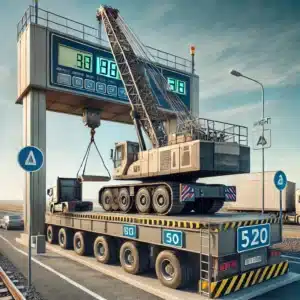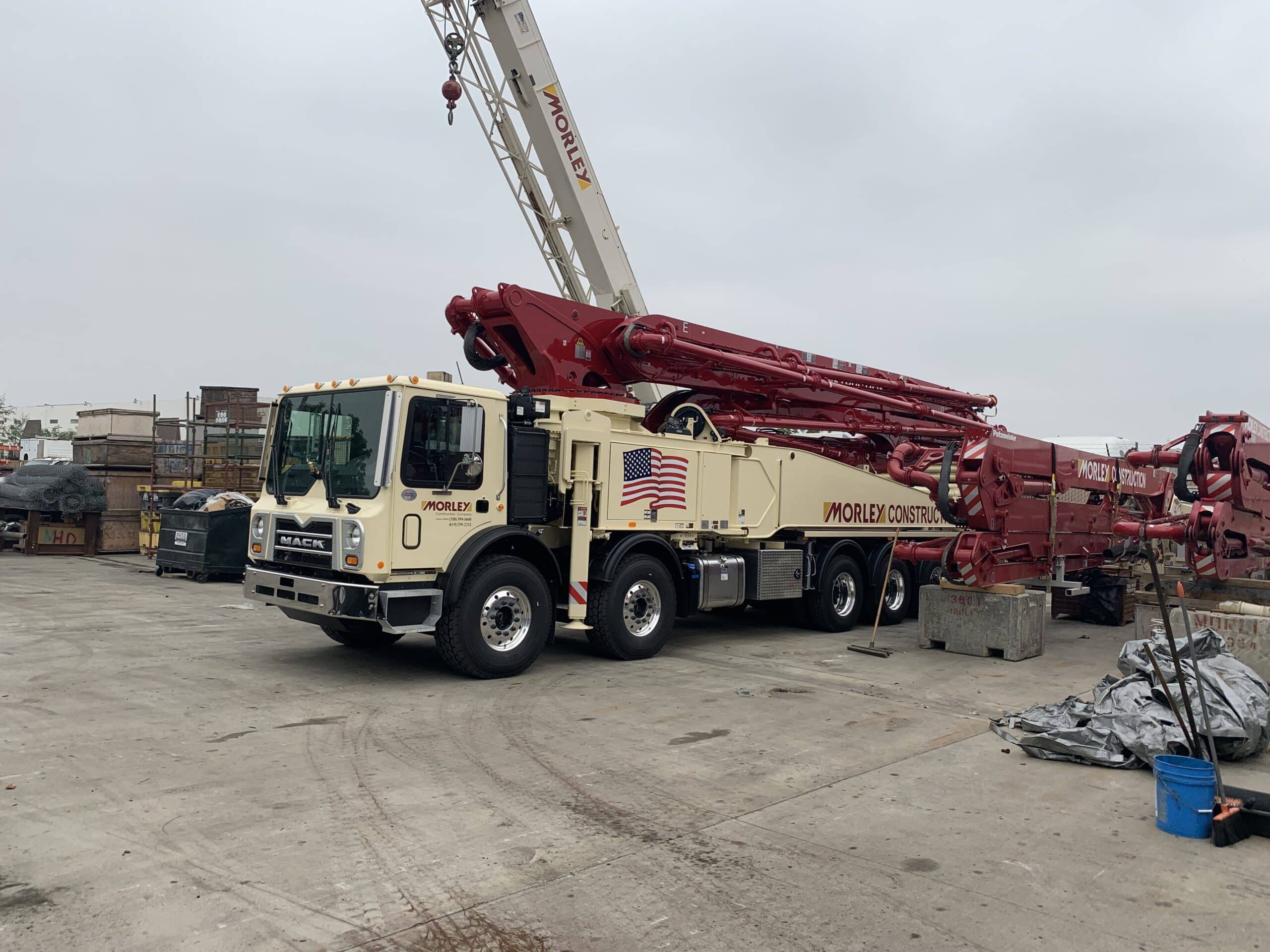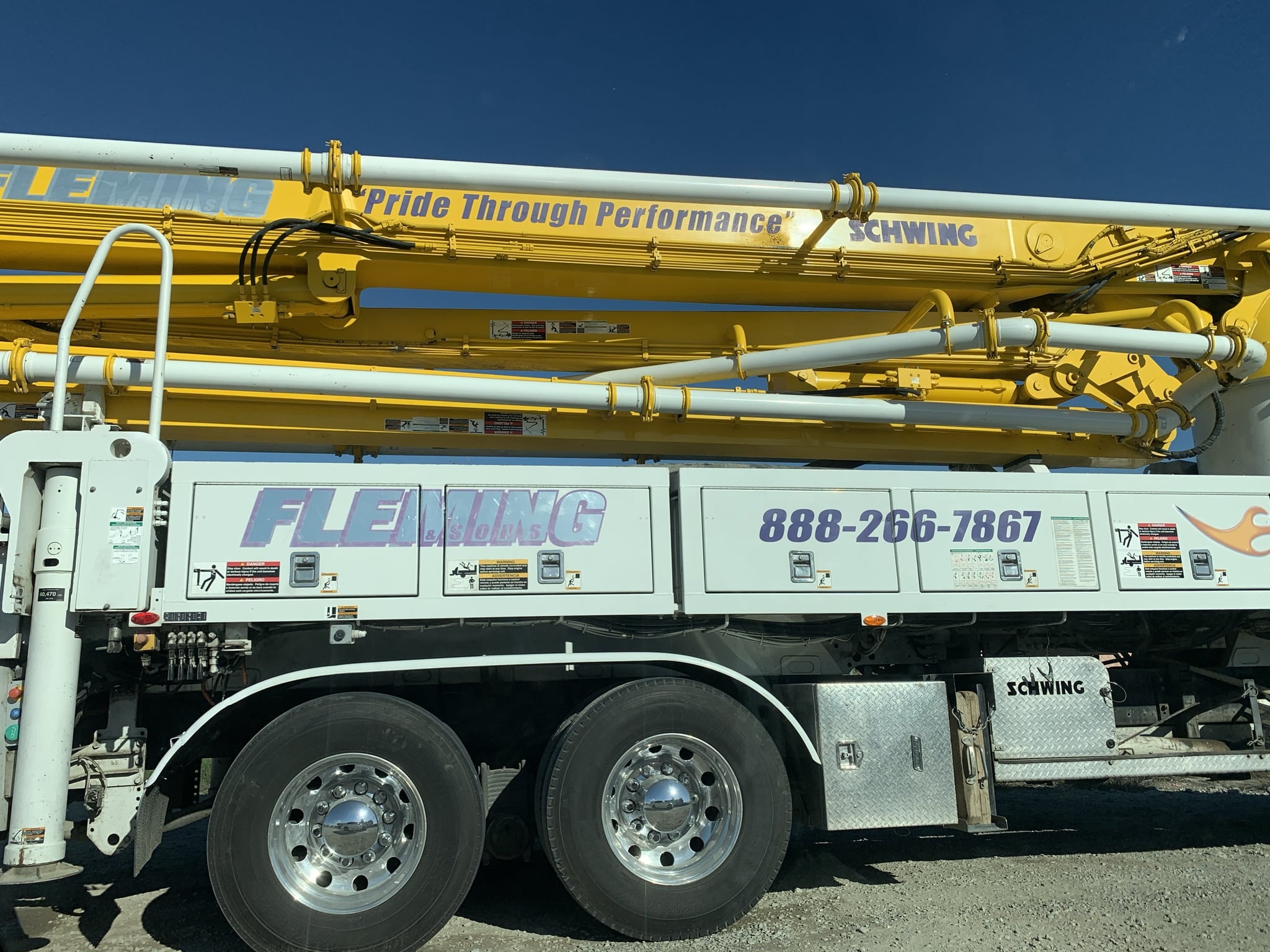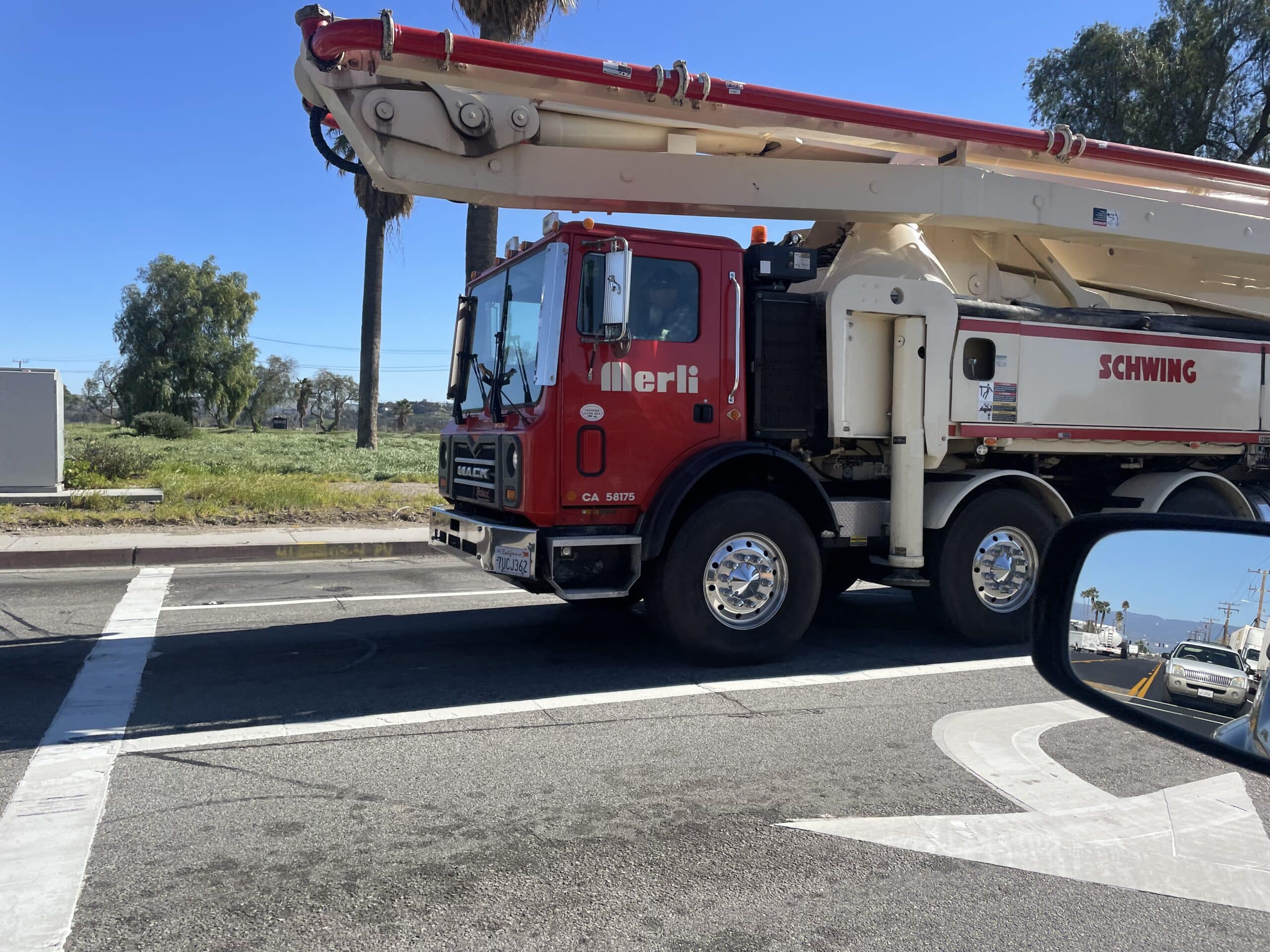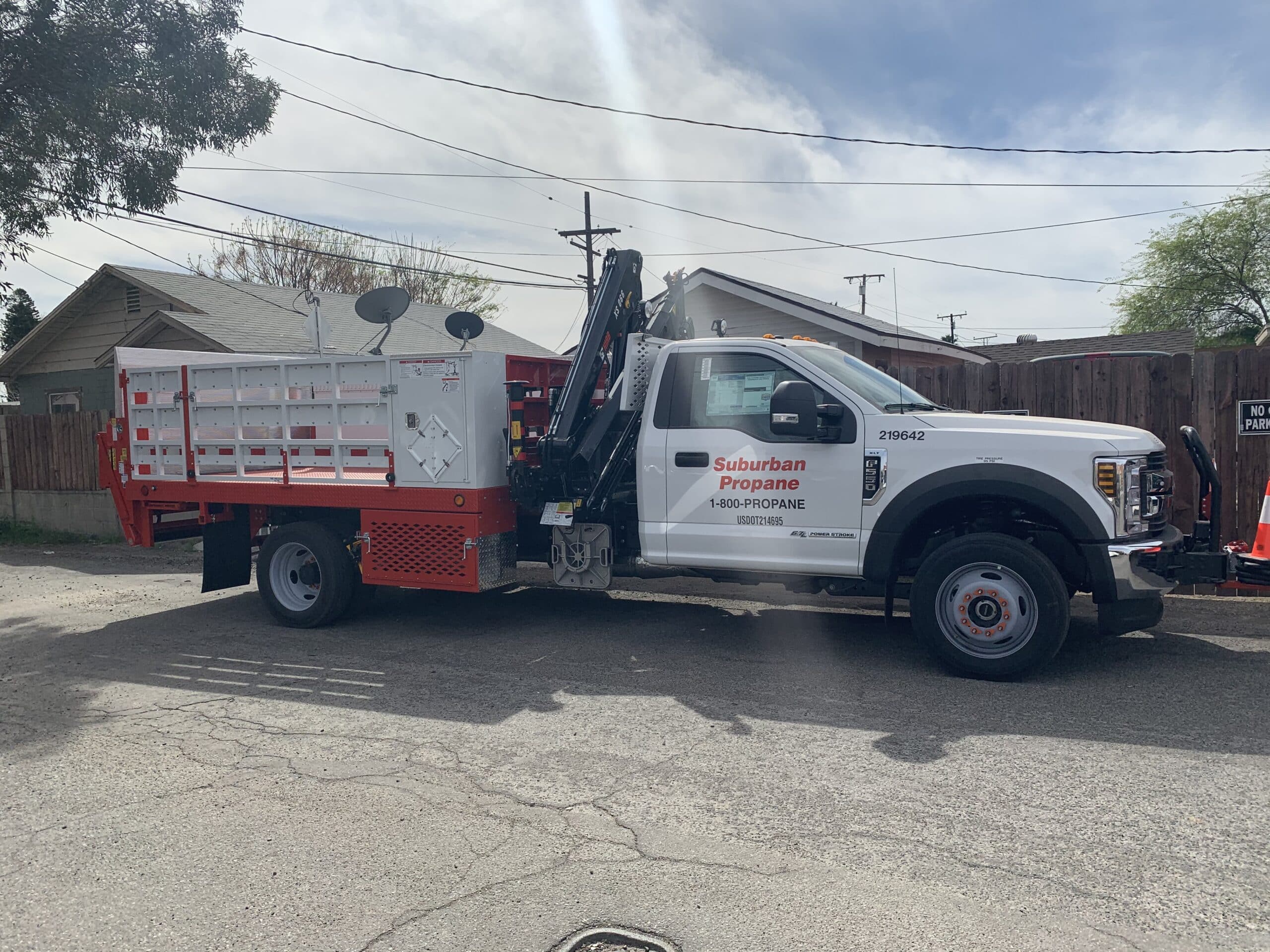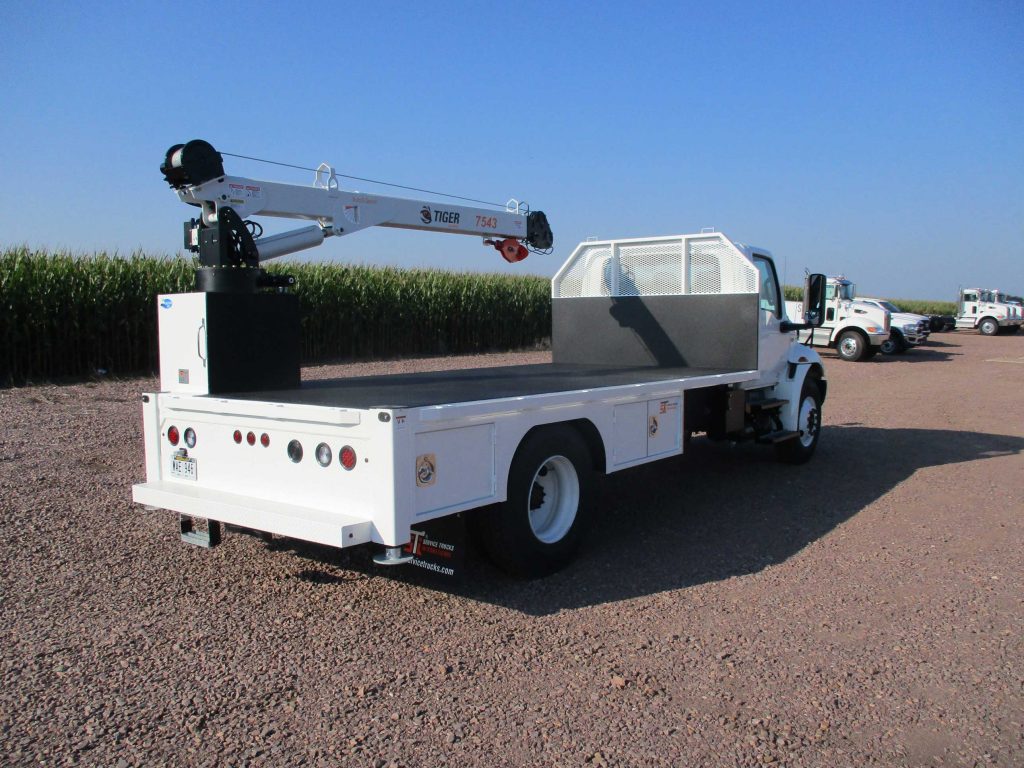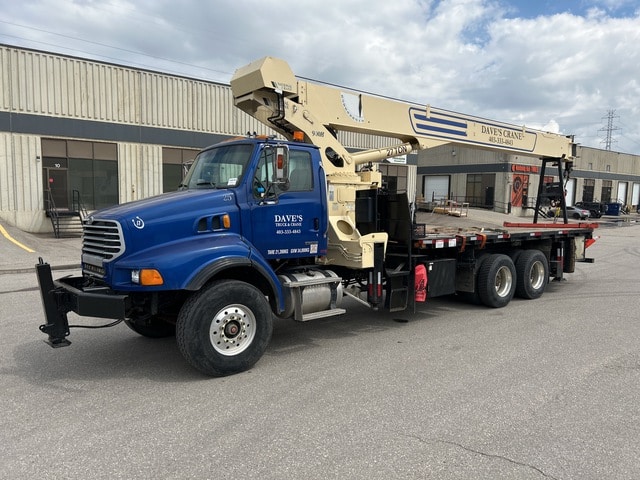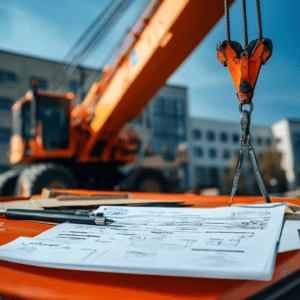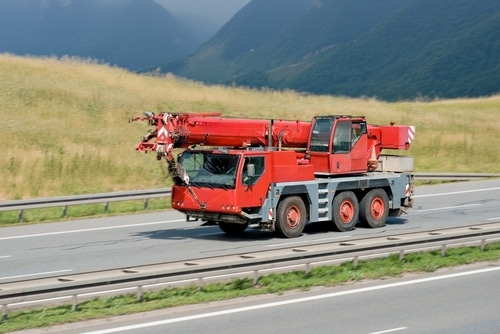
Mobile Cranes in California: Regulations and Requirements
Mobile cranes are essential pieces of heavy machinery used in construction and industrial settings to lift and move large loads. In California, these vehicles are classified under specialized commercial equipment and are subject to specific DMV regulations.

